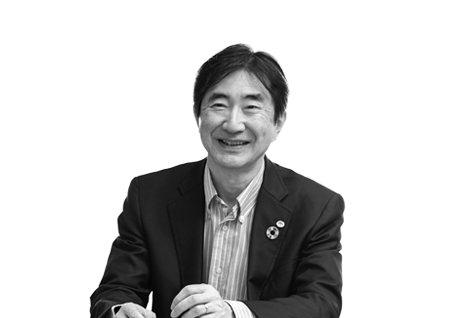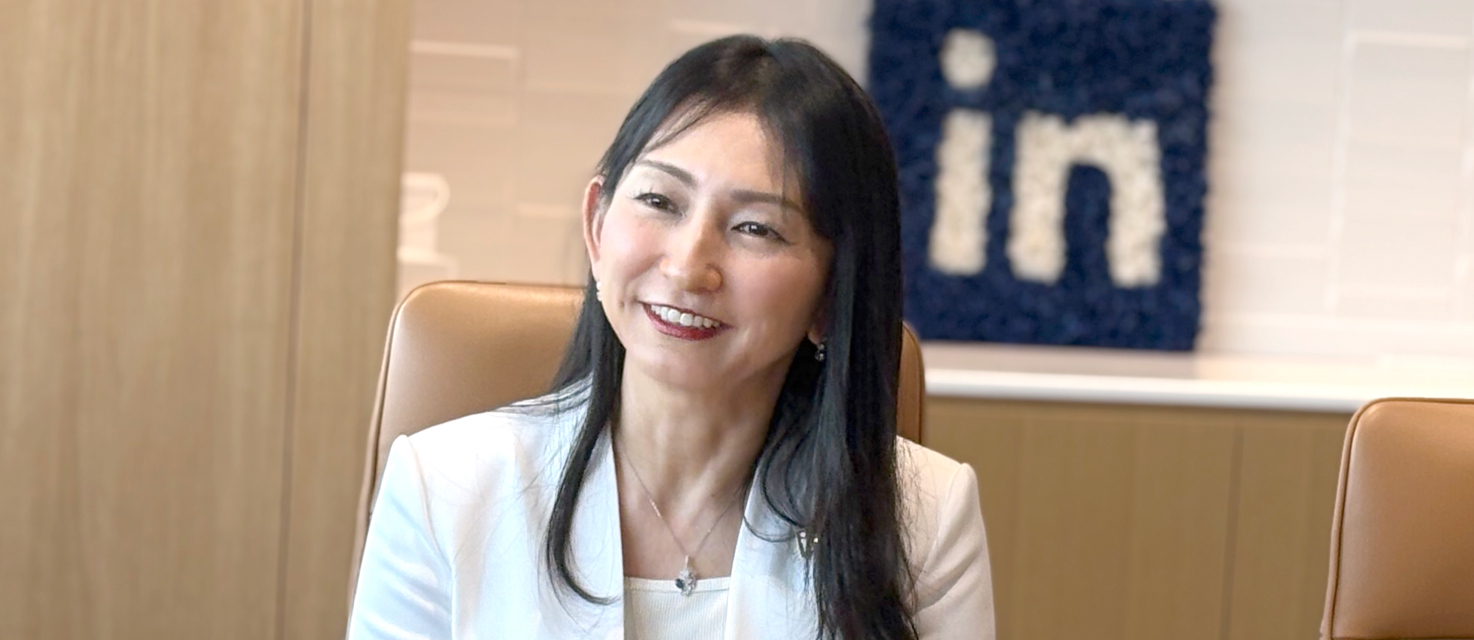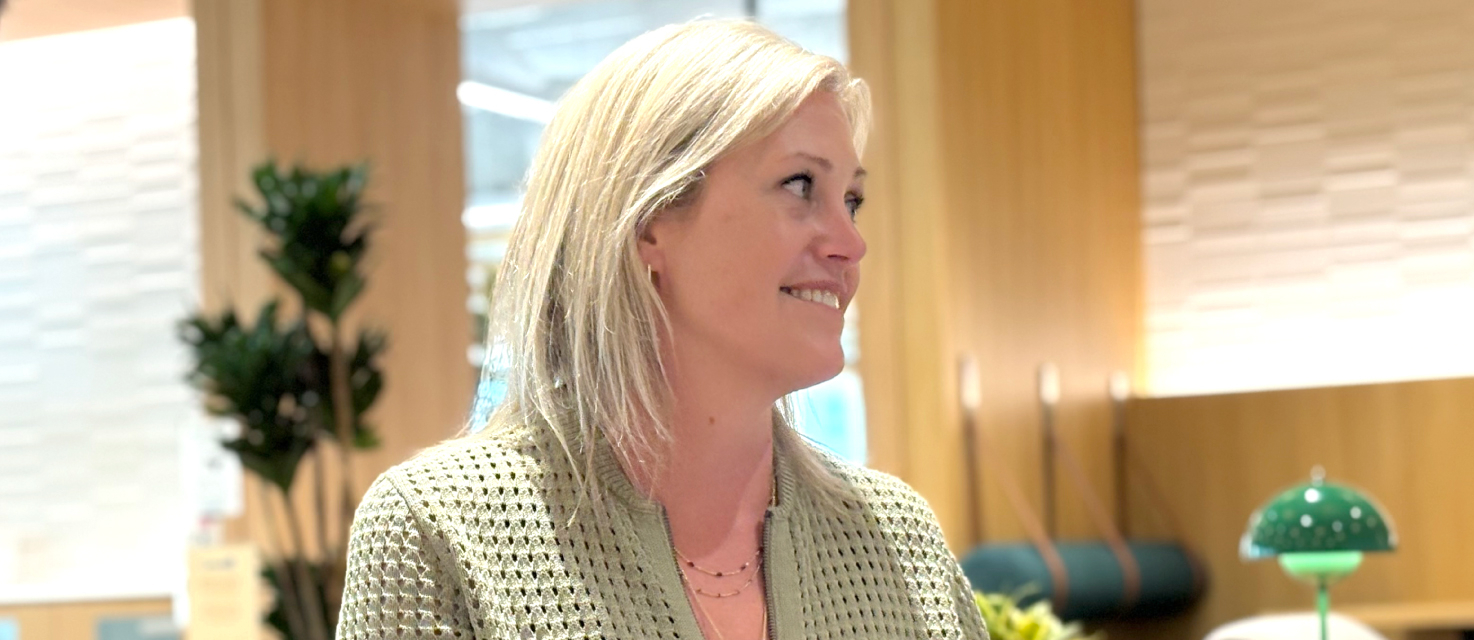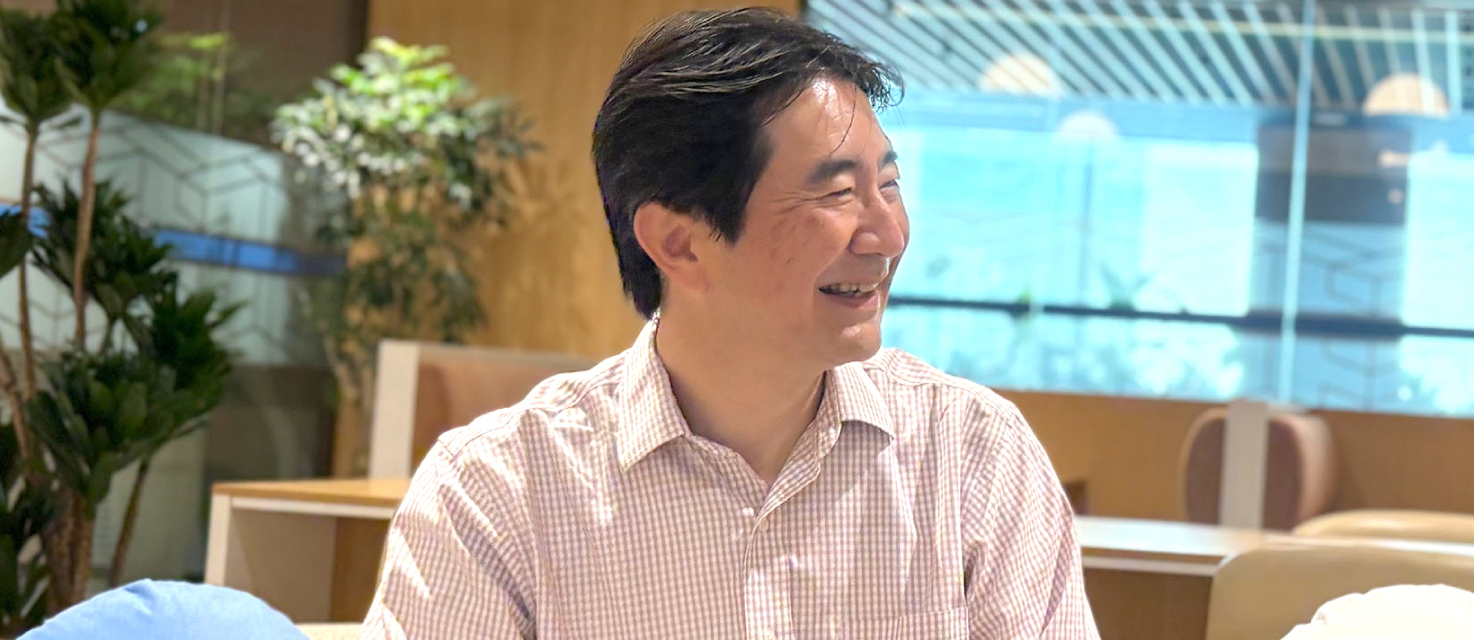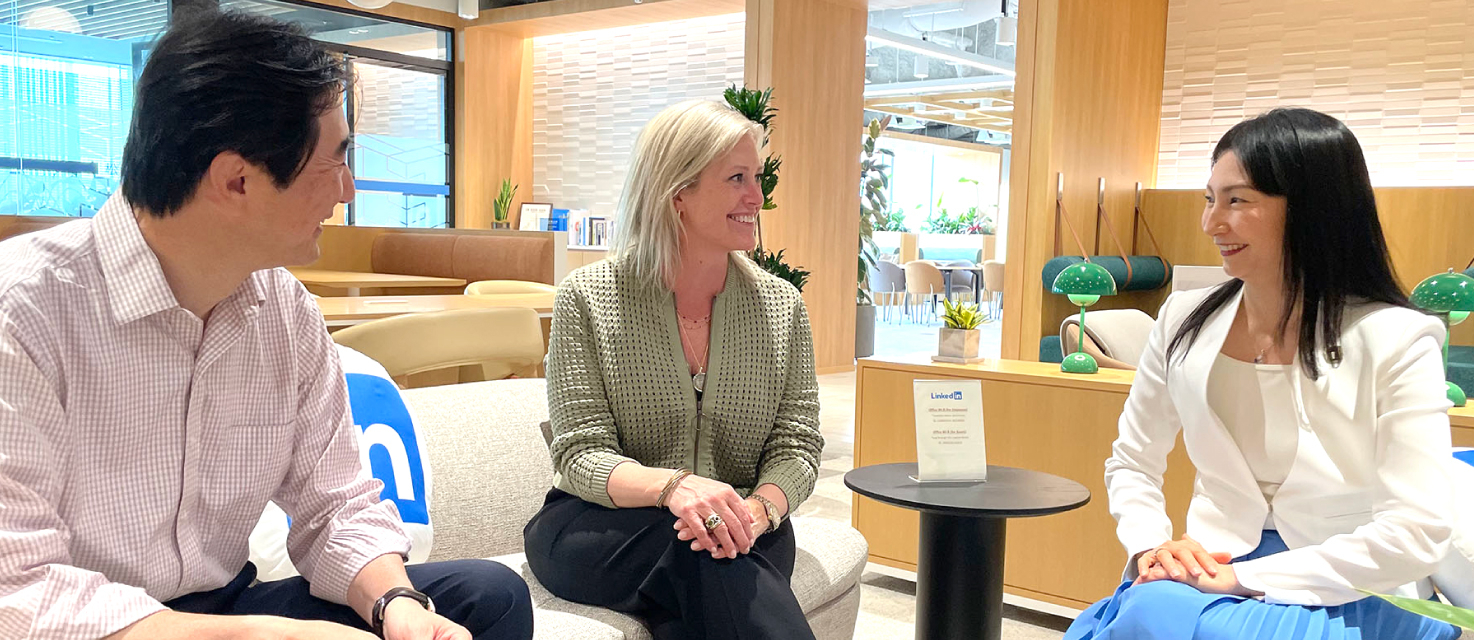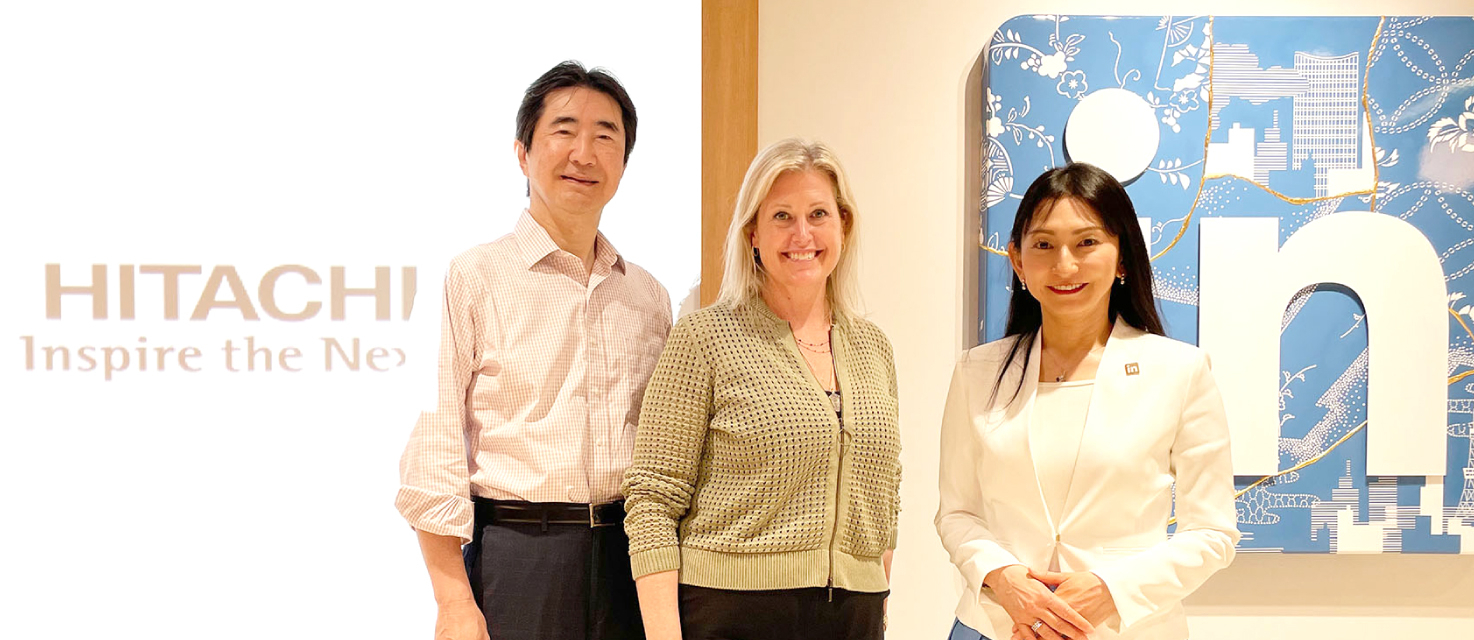Generational and Cultural Learning Differences
Amee Right. Culturally, people learn differently. Japanese culture seems to be more accustomed to group and in-person learning, whereas Western countries seem to be more comfortable with self-directed online learning. But we also need to consider the generational component. I've noticed that our younger Japanese employees are more comfortable with online training. There's an interesting cross-section between cultural and generational differences.
Tanaka I agree. The younger generation consumes information differently - they're used to bite-sized learning, which is how we've structured LinkedIn Learning. It's micro-learning, one to three minutes at a time. Completing a one-hour course earns you a certificate that you can then post online. This in turn creates a social network effect. When leaders learn and post, team members follow because they want to understand what their leaders are studying. We call it "loud learning," and it's available anywhere, anytime, based on your needs. In fact, our AI coaching can even recommend courses of study when you have an issue. I'd say the way people learn is changing quite rapidly.
Amee Yes. And for an organization as complex as Hitachi, we face a major challenge in adapting our approach to different generations and geographies. The gaming elements work for younger employees but aren't as comfortable for more mature ones. Taking Connective Industries, which is going through digital transformation, as an example, we have long-tenured employees alongside newer hires. Everyone needs AI literacy, sometimes at different depths. Could LinkedIn's learning paths be flexible enough to target different teaching approaches for the same content?
Tanaka Yes! Our AI makes personalized learning recommendations based on your profile, background, and previous courses. Even when the AI is given the same prompt, its recommendations differ based on your experience.
Kawamura I'd like to go back to the topic of generational learning differences. Younger employees may be more adaptable, but the middle manager is key. You mentioned that seeing managers learn and post motivates other employees, but middle managers are the most challenging group to approach. They're not as comfortable with mini-courses or searching for ways to meet their own learning needs.
Amee I agree that this is a challenge in Japan, but I'd say it's less so elsewhere. In general, mid-level managers outside Japan have different demographics with more technology requirements. This generation still learns differently, which is where blending, having LinkedIn Learning combined with structured elements, helps. If we build a program with a blended approach where some of the learning is in-person but there is a clearly defined path in LinkedIn Learning, that may encourage those who wouldn't necessarily opt in themselves. With this approach, it almost becomes assigned self-directed learning.
Tanaka Right. Managers are under immense pressure, managing teams, acquiring management skills, and reporting to leadership. Especially in Japan, managers need tools to do their jobs better, like our AI role play for coaching to help improve employee performance or executive presence. Tools that address real needs make a huge impact.
Self-Driven Development and Internal Mobility
Amee Another element we should consider is self-driven development. The LinkedIn Learning platform helps build programs and skills, but it's also about shifting from talent management to talent enablement. It's about sharing talent across businesses, which we've never been good at. I'm unique, moving from digital as an American to Japan and CI, which is historically 90% Japanese. We want people to initiate their own development, identifying what matters to them, learning it, and applying that within Hitachi rather than leaving. A consistent tool adds opportunity for movement through common access, which is vastly different from Hitachi's past, especially in Japan.
Kawamura The shift to a self-driven culture, career, and learning is a huge one for Japanese employees. As I mentioned, careers in Japan have always been 100% company-driven, not self-driven. Moving to self-driven is a seismic shift. But how is it outside Japan? Is it a big change, or something already happening that's enhanced by a tool like LinkedIn Learning?
Amee In the Western world, a self-driven approach is common. We're more aggressive managing careers and apt to learn something if it interests us. But we're also more likely to leave if a company doesn't offer tools to fulfill our interests. Having LinkedIn Learning helps with both development and retention. In most organizations, I'd have to leave to try something new. At Hitachi, if I'm offered learning opportunities I'm interested in, I don't need to go elsewhere.
Tanaka I completely agree. Our CEO, Ryan Roslansky, says your best candidate is in your company. With Hitachi's diversified business, internal mobility enables career transitions. LinkedIn Learning facilitates mobility based on skills and experience.
Amee Our barrier to mobility is consistency across businesses. At Hitachi Digital or Vantara, I had specific benefits and training tools with separate systems. Our talent pool has been within individual companies, driving people to leave rather than look elsewhere within Hitachi. LinkedIn Learning enables a consistent journey without having to start over completely in a different part of Hitachi. It's been intimidating to switch organizations, but a global approach lets us track an employee's entire career journey.
Tanaka It's clear that Hitachi values people as its biggest asset. There's huge potential to grow through different businesses with this platform, amplifying business potential. Your human capital hasn't even been fully tapped.
Amee I couldn't agree more. For our Japanese employees, it's interesting to see Hitachi's evolution toward self-driven approaches, opening positions for them to apply to internally. And as we already discussed, Japanese managers need different skills when someone might leave; they have to open requisitions and interview people, which are skills they haven't needed because it was done for them. Those from Western countries are more experienced with difficult discussions, hiring processes, and performance coaching. LinkedIn's platform lets us customize based on business realities to help everyone evolve at different paces.
Kawamura When teaching leadership in Japan, I say managers here have had an easy life compared to those outside Japan. They didn't have to think about retention or careers because resources were allocated to them. Now, especially for the younger generation, managers must consider retention and engagement. That's quite a different world, one in which non-Japanese managers have been struggling and succeeding in for quite some time.
Amee It's true. As a global leader collaborating with Japanese employees, I've had to learn about the cultural roots of office dynamics. I'll suggest handling something one way and be told that's not how it's done. There are complex and nuanced human behavior aspects to this shift.
Kawamura Right. We'll be offering a Manager 101 course through LinkedIn, and it will teach globally standard skills that all managers need. Those skills represent a huge gap for Japanese managers.
Tanaka It sounds like cultural transformation is needed on the Japan side - mindset shifts toward career ownership leading to proactive learning and skill development.
Kawamura Exactly. And that's the biggest impact we can have. Beyond skills and knowledge, the cultural shift will have a wide-ranging impact, not only in Japan but in other cultures as well.
Amee Definitely. We have populations in India, China, the US, and Europe in unique employment environments who all communicate and learn differently. We must be intentional - one size doesn't fit all. We've focused on Japan, but now, we need to build a global team that understands these cultures. This is monumental for a 110-year-old organization with deep roots trying to shift while maintaining what makes it special.
Tanaka That is quite a dynamic shift. Is this urgency for cultural transformation shared among leadership?
Kawamura Yes, indeed.
Amee Tokunaga-san's message is clear. You see the commitment in Lorena Dellagiovanna's appointment, and even my own. There are many non-Japanese senior leaders now.
Kawamura The Hitachi Global Leaders Kickoff I mentioned earlier was Hitachi's first global kickoff event. That's one example of how we're changing.
Tanaka So CEO Tokunaga is kick-starting a new practice for the One Hitachi.
Kawamura We're aiming for that. We're not there yet, but that's the goal.
Amee And a platform like LinkedIn Learning helps us evolve globally. It's remarkable as one of our first truly global initiatives.


